Movement and change: surveying the dense utopian architecture of Cedric Price
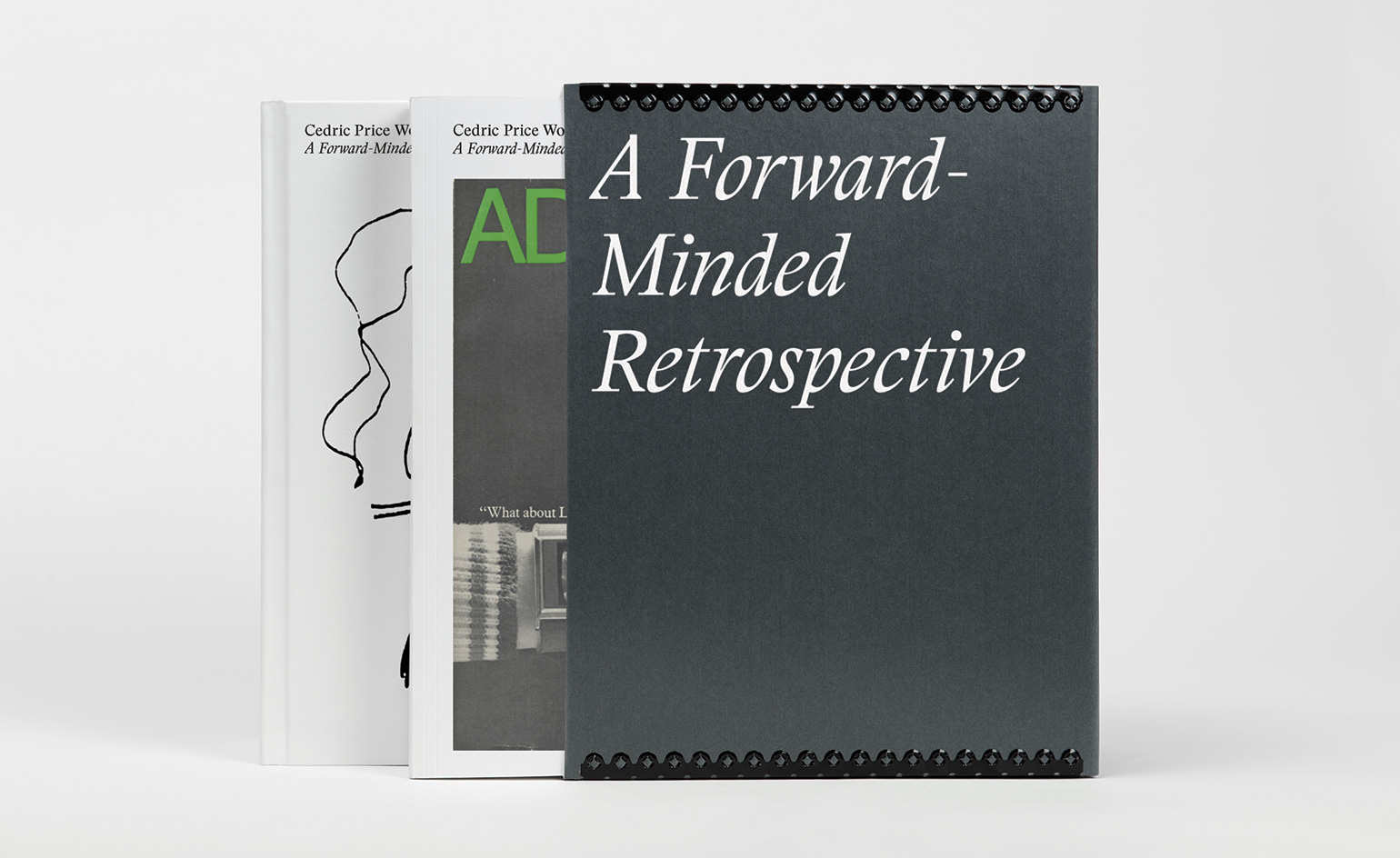
Cedric Price is one of the unsung greats of British architecture, a theorist and thinker who was both practically minded and wedded to grand utopian visions. Price believed that architecture must exist within a social and technological narrative, creating community spaces that could change and shift depending on how they were needed. He was truly ahead of his time, most notably with the 1961 'Fun Palace' concept, an unbuilt vision for a giant shed-like house of culture that would subsequently influence Richard Rogers' and Renzo Piano's design for the Pompidou Centre in Paris.
This massive new monograph bring together the entire Price archive, with drawings, photographs, printed ephemera, histories and anecdotes of his often eccentric approach to architectural practice, his retinue of devoted clients and his many writings on the built environment. Price's dense, layered approach would probably be lost among today's cacophony of conceptual work, empty theorising and shallow research. Even so, for all his graphic, architectural, technical and political skills, Price rarely found that his approach intersected with the commercial desires of the day.
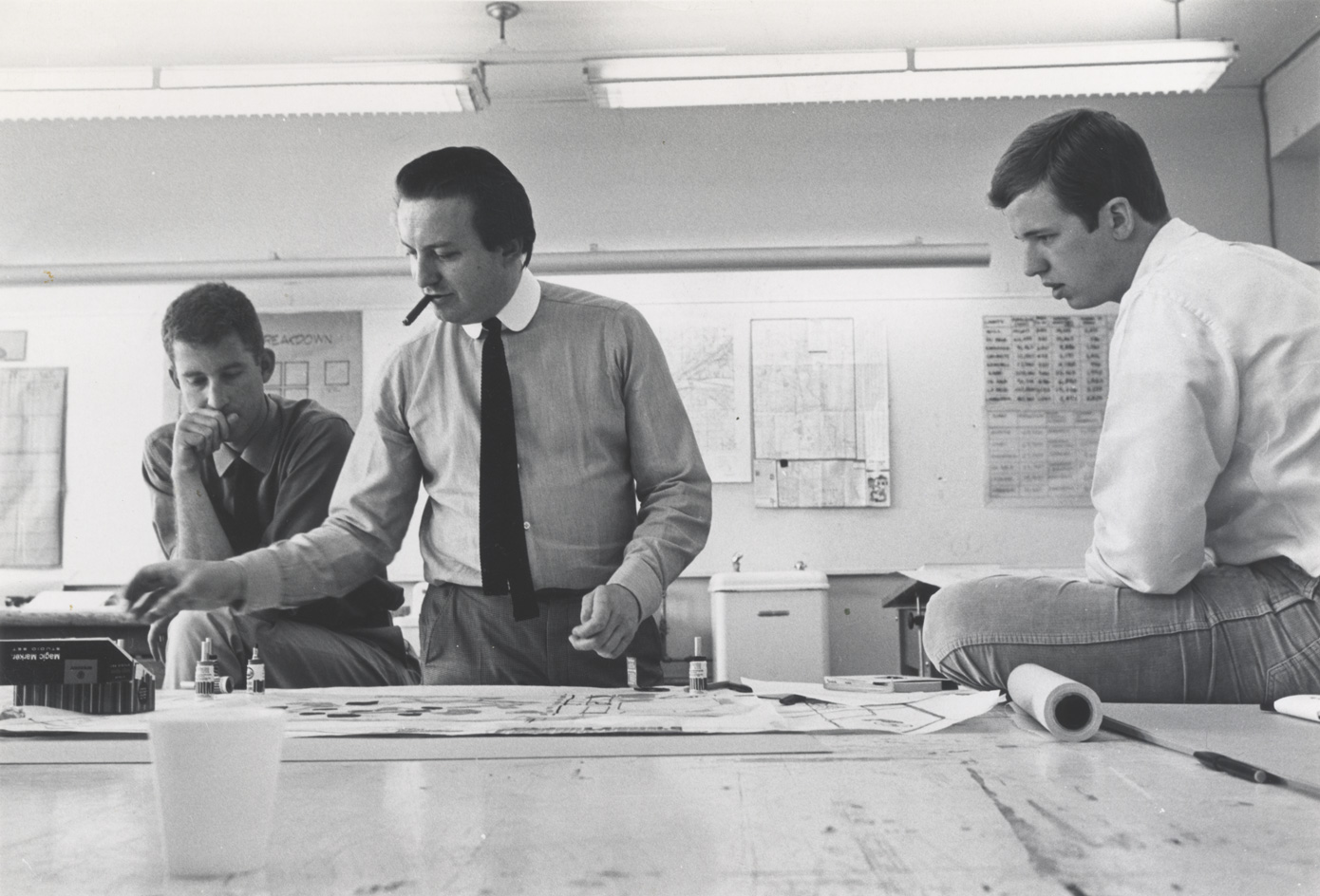
Price leads a team of students working on a design project at The Rice Design Fete, Rice University, Texas, 1967. Courtesy Cedric Price Estate
One project that did make the grade was the InterAction Centre in Kentish Town, begun in 1971 as an agglomeration of temporary structures, and added to and altered during the decade. It's a clear precursor of the contemporary 'Boxpark' approach, and Price spent considerable amounts of time developing ideas for urban 'magnets' that would animate and engage communities. Ultimately, InterAction lasted two decades longer than it was supposed to, thanks to local authority inertia and lack of funds. Price, ever the contrarian, supported its demolition in the face of conservationists keen to retain this snapshot of 1970s DIY/proto-high-tech/community architecture.
Price didn't do preservation. His was an architecture of movement and change. For every micro-scale project – a facade renovation, hotel bar or shop fit out – there were epic attempts at reinvigorating whole regions like the 'Potteries Thinkbelt', a late 60s scheme that envisioned former collieries as a nexus for a vast higher education complex, linked to existing transport infrastructure. His most famous surviving building is the Snowdon Aviary at London Zoo, a vast tented structure designed with engineer Frank Newby and opened in 1965 (shortly to be refurbished by Foster + Partners).
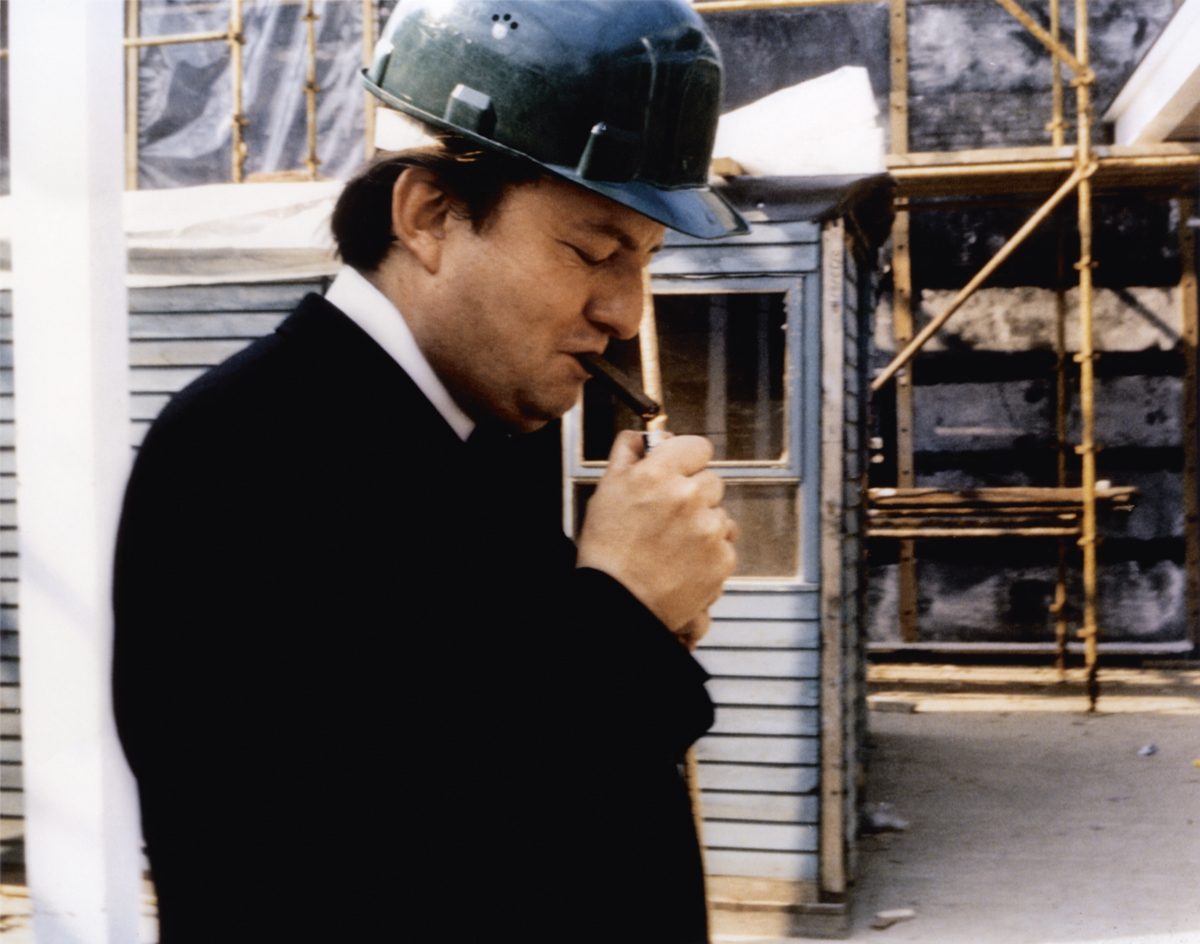
Price on-site
For the most part, Price’s work survives in his drawings, writing and thoughts. Although Price himself might have had a word or two to say about such a large, permanent memorial to a career spent celebrating the transitory and the ephemeral, Samantha Hardingham's wonderful book is a true labour of love and very highly recommended, an expansive social and graphic history of a period of social change and utopian thinking.
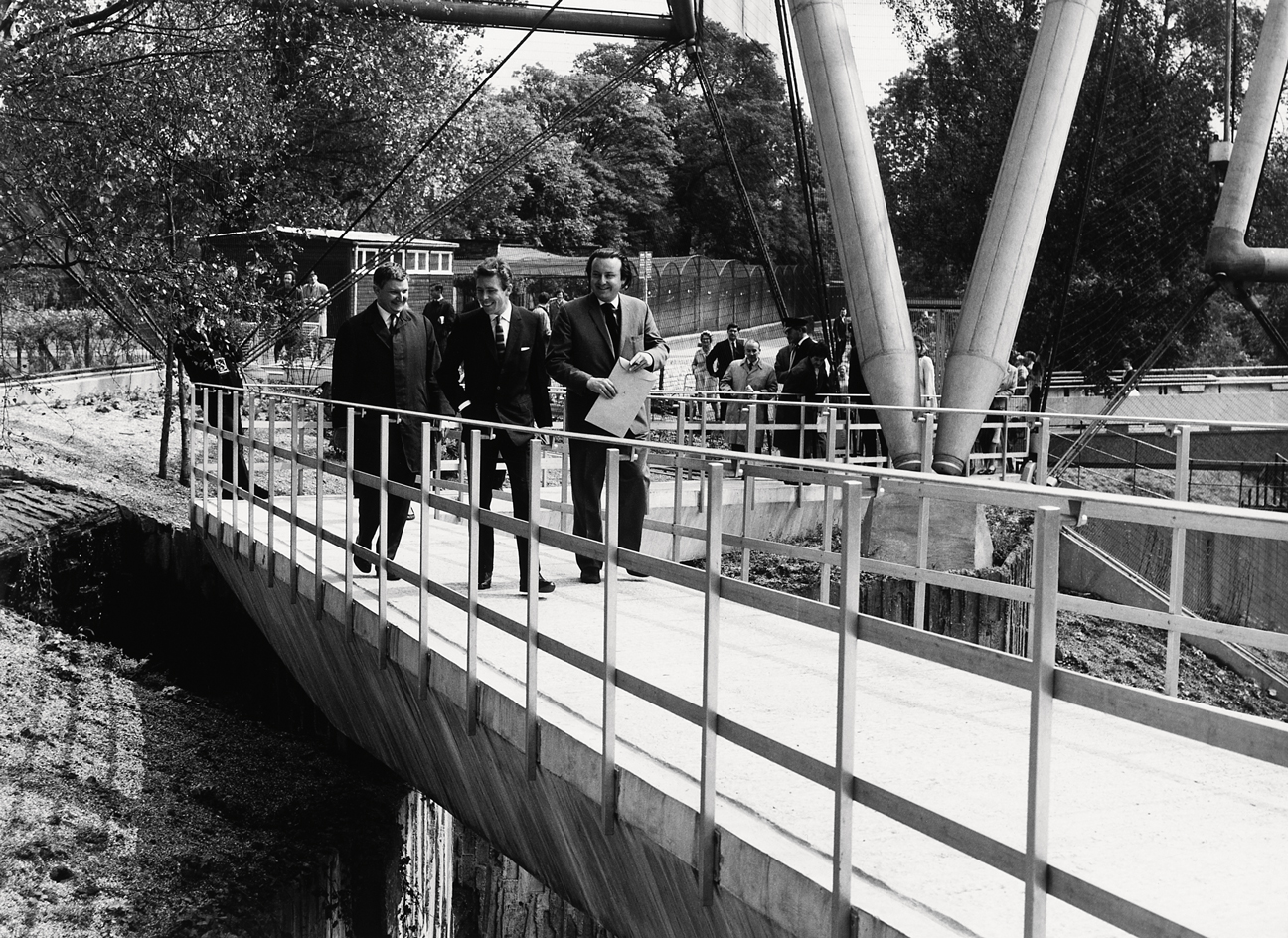
From left, Frank Newby, Lord Snowdon and Price at the opening of the New Aviary at London Zoo, 1965
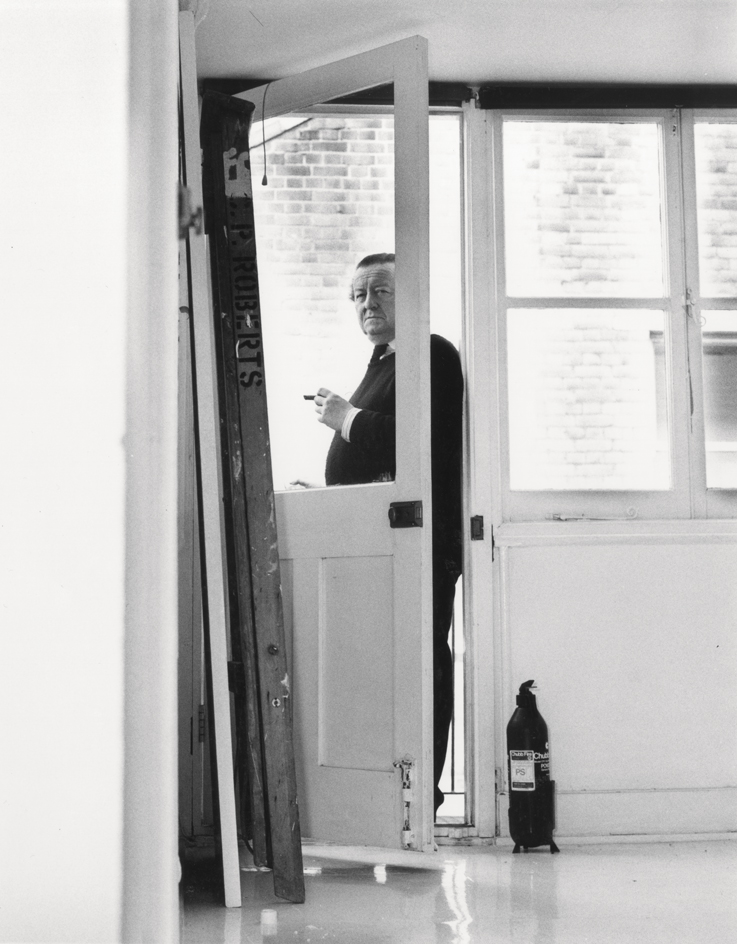
Price in the White Room of his offices in Alfred Place, Bloomsbury, c.1995
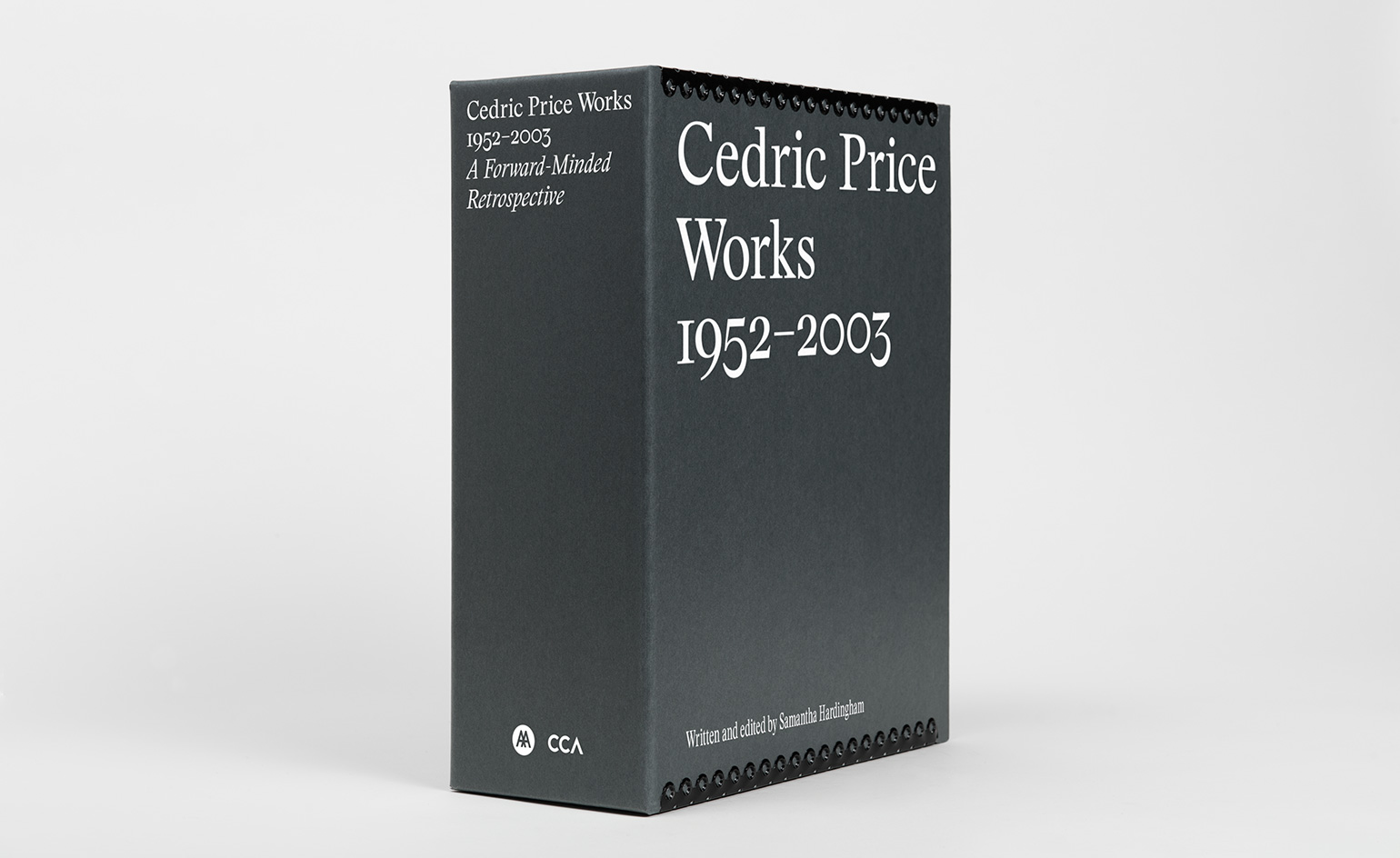
This new monograph bring together the entire Price archive, with drawings, photographs, printed ephemera, histories and anecdotes of his often eccentric approach to architectural practice
INFORMATION
Cedric Price Works 1952–2003, £150, published by Architectural Association, CCA. For more information, visit the website
Receive our daily digest of inspiration, escapism and design stories from around the world direct to your inbox.
Jonathan Bell has written for Wallpaper* magazine since 1999, covering everything from architecture and transport design to books, tech and graphic design. He is now the magazine’s Transport and Technology Editor. Jonathan has written and edited 15 books, including Concept Car Design, 21st Century House, and The New Modern House. He is also the host of Wallpaper’s first podcast.
-
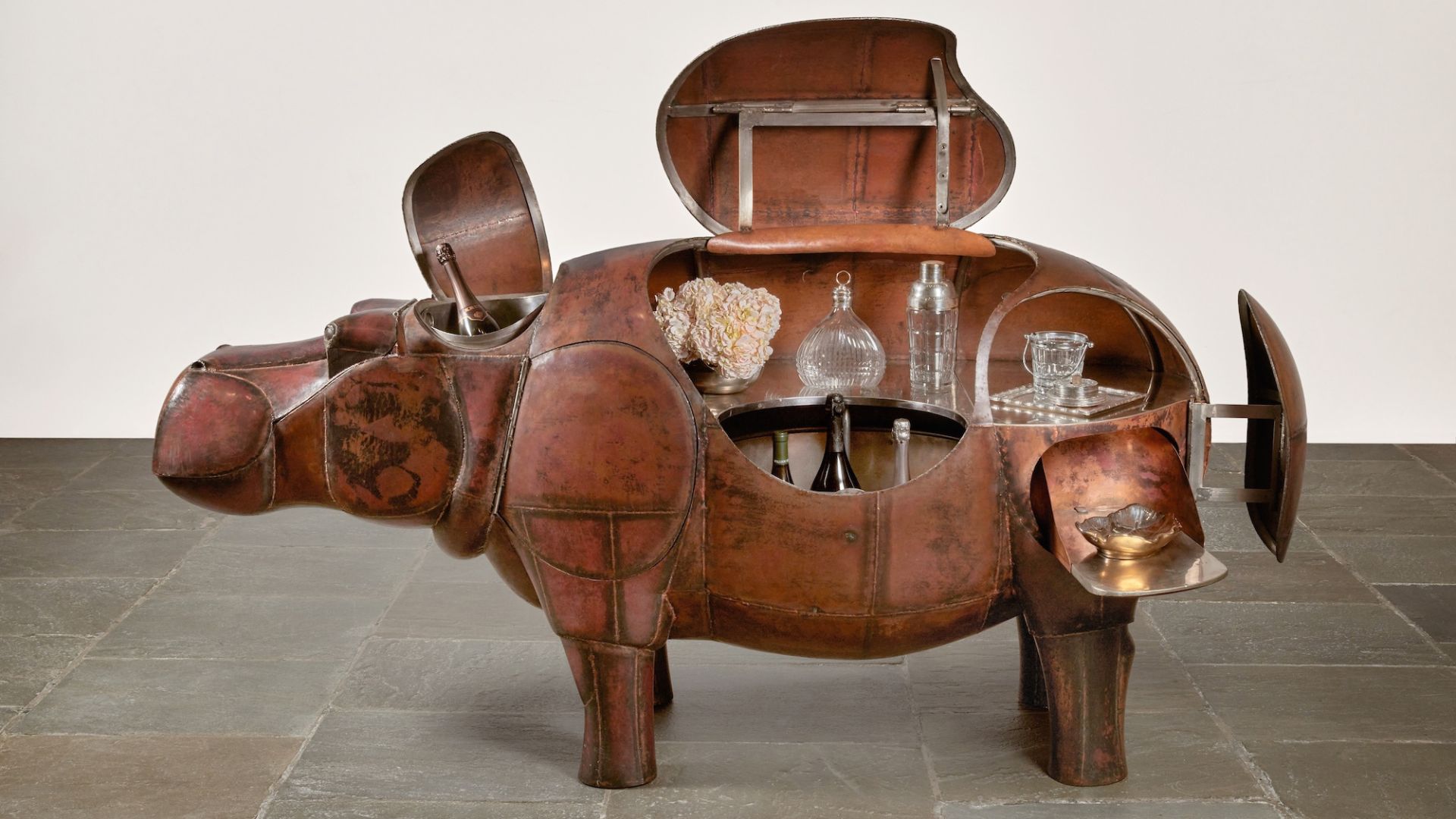 At $31.4 million, this Lalanne hippo just smashed another world auction record at Sotheby’s
At $31.4 million, this Lalanne hippo just smashed another world auction record at Sotheby’sThe jaw-dropping price marked the highest-ever for a work by François-Xavier Lalanne – and for a work of design generally
-
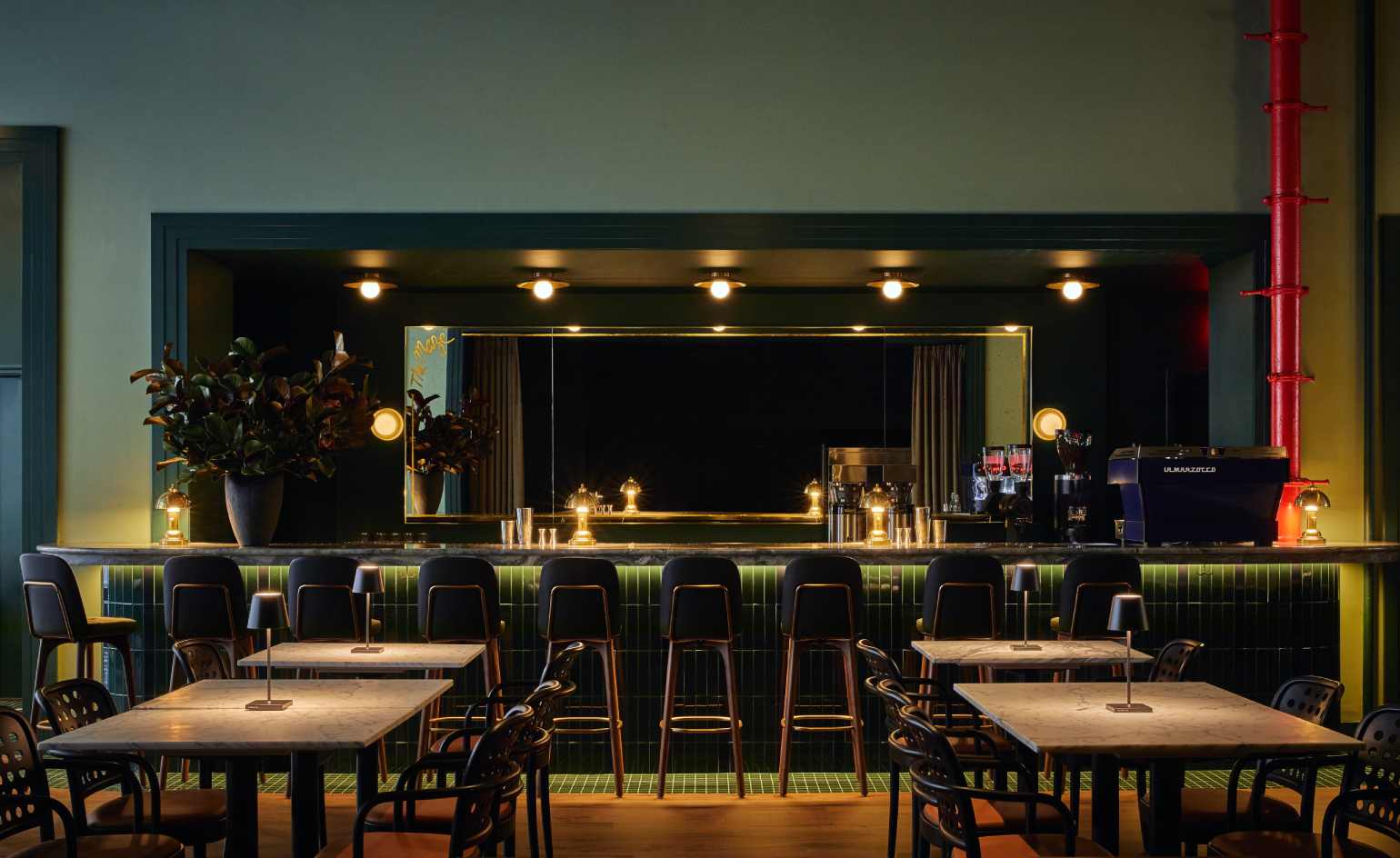 NYC’s first alcohol-free members’ club is full of spirit
NYC’s first alcohol-free members’ club is full of spiritThe Maze NYC is a design-led social hub in Flatiron, redefining how the city gathers with an alcohol-free, community-driven ethos
-
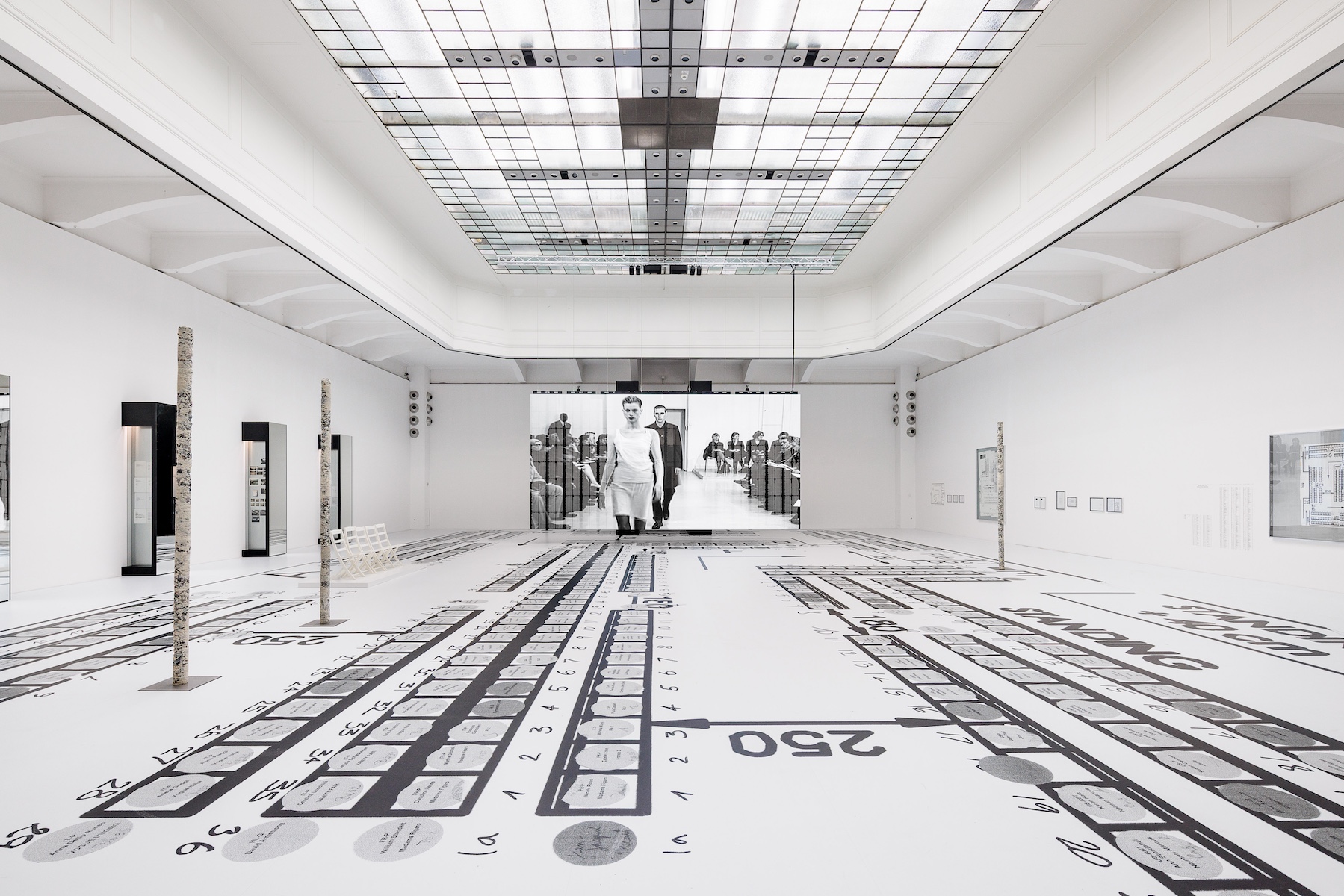 Inside Helmut Lang’s fashion archive in Vienna, which still defines how we dress today
Inside Helmut Lang’s fashion archive in Vienna, which still defines how we dress todayNew exhibition ‘Séance de Travail 1986-2005’ at MAK in Vienna puts Helmut Lang’s extraordinary fashion archive on view for the first time, capturing the Austrian designer-turned-artist’s enduring legacy
-
 RIBA House of the Year 2025 is a ‘rare mixture of sensitivity and boldness’
RIBA House of the Year 2025 is a ‘rare mixture of sensitivity and boldness’Topping the list of seven shortlisted homes, Izat Arundell’s Hebridean self-build – named Caochan na Creige – is announced as the RIBA House of the Year 2025
-
 In addition to brutalist buildings, Alison Smithson designed some of the most creative Christmas cards we've seen
In addition to brutalist buildings, Alison Smithson designed some of the most creative Christmas cards we've seenThe architect’s collection of season’s greetings is on show at the Roca London Gallery, just in time for the holidays
-
 In South Wales, a remote coastal farmhouse flaunts its modern revamp, primed for hosting
In South Wales, a remote coastal farmhouse flaunts its modern revamp, primed for hostingA farmhouse perched on the Gower Peninsula, Delfyd Farm reveals its ground-floor refresh by architecture studio Rural Office, which created a cosy home with breathtaking views
-
 A revived public space in Aberdeen is named Scotland’s building of the year
A revived public space in Aberdeen is named Scotland’s building of the yearAberdeen's Union Terrace Gardens by Stallan-Brand Architecture + Design and LDA Design wins the 2025 Andrew Doolan Best Building in Scotland Award
-
 A refreshed 1950s apartment in East London allows for moments of discovery
A refreshed 1950s apartment in East London allows for moments of discoveryWith this 1950s apartment redesign, London-based architects Studio Naama wanted to create a residence which reflects the fun and individual nature of the clients
-
 In this Cotswolds home, drama meets minimalism
In this Cotswolds home, drama meets minimalismCotswolds home Hiaven house, with interiors designed by McLaren Excell, is a perfect blend of contemporary chic and calm, countryside drama
-
 David Kohn’s first book, ‘Stages’, is unpredictable, experimental and informative
David Kohn’s first book, ‘Stages’, is unpredictable, experimental and informativeThe first book on David Kohn Architects focuses on the work of the award-winning London-based practice; ‘Stages’ is an innovative monograph in 12 parts
-
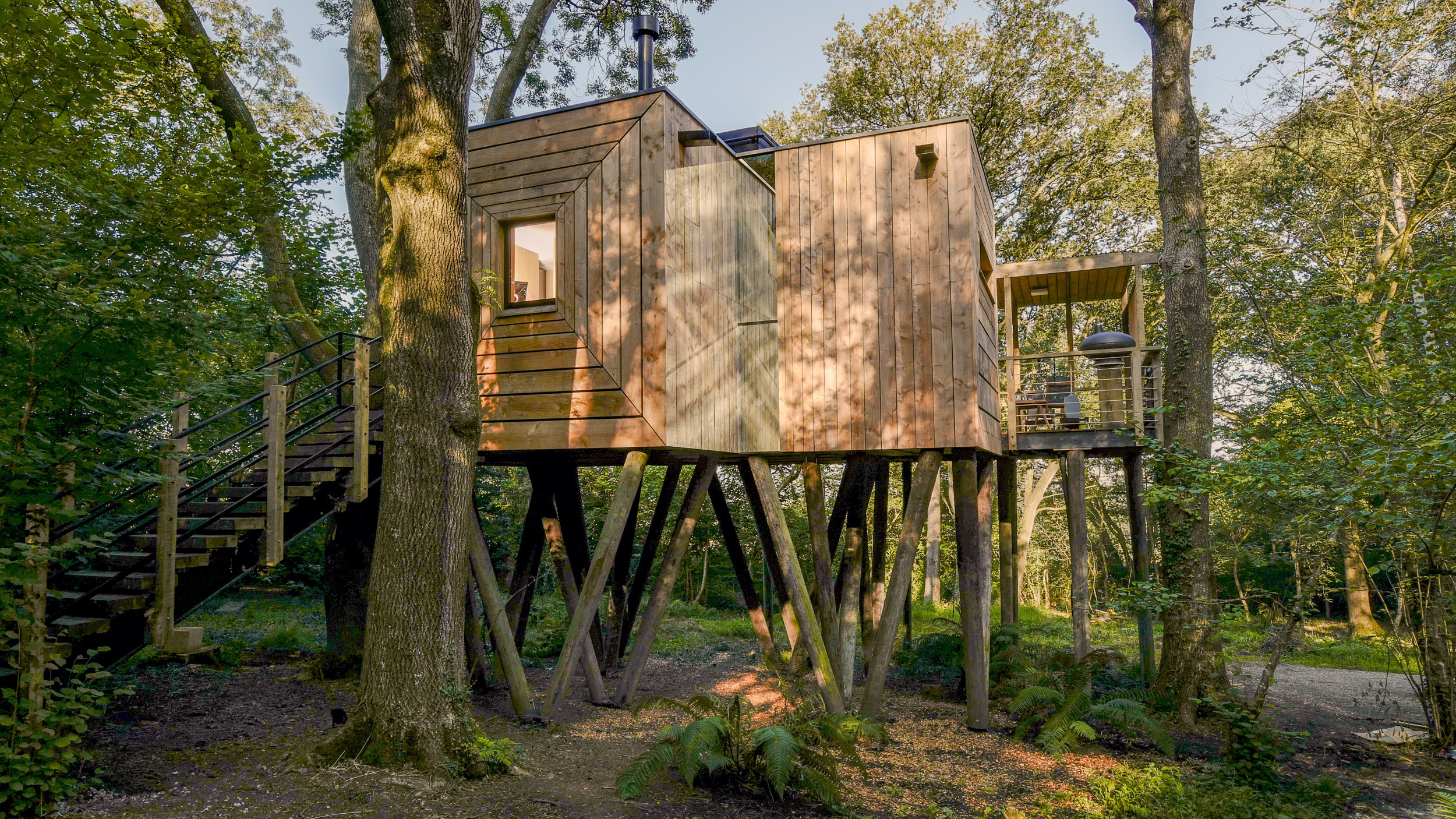 Find solace in the forest at this expansive treehouse retreat in Dorset
Find solace in the forest at this expansive treehouse retreat in DorsetFor sale for the first time, a treehouse, Mallinson’s Woodland Retreat, is a tribute to the skill of designer and master craftsman Guy Mallinson